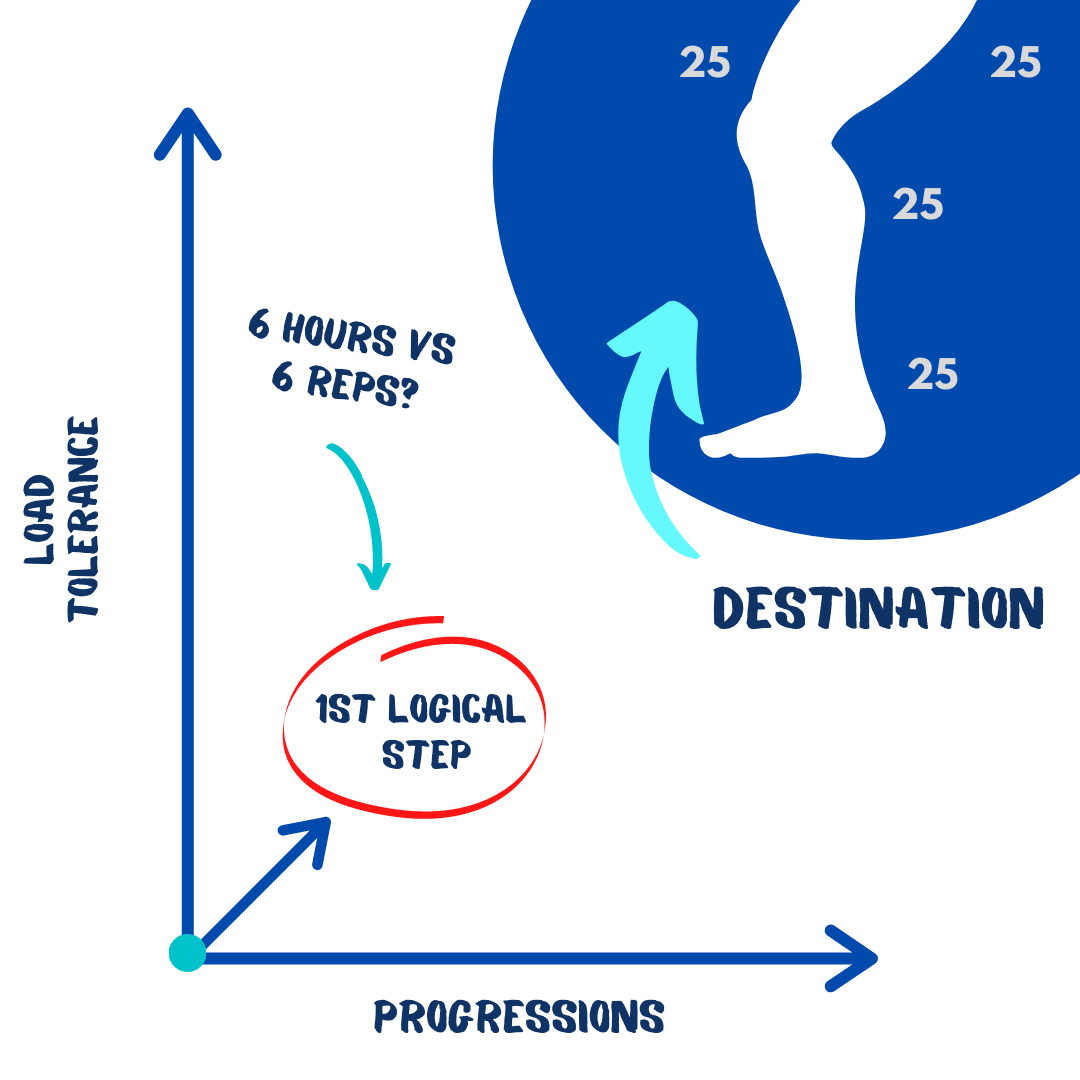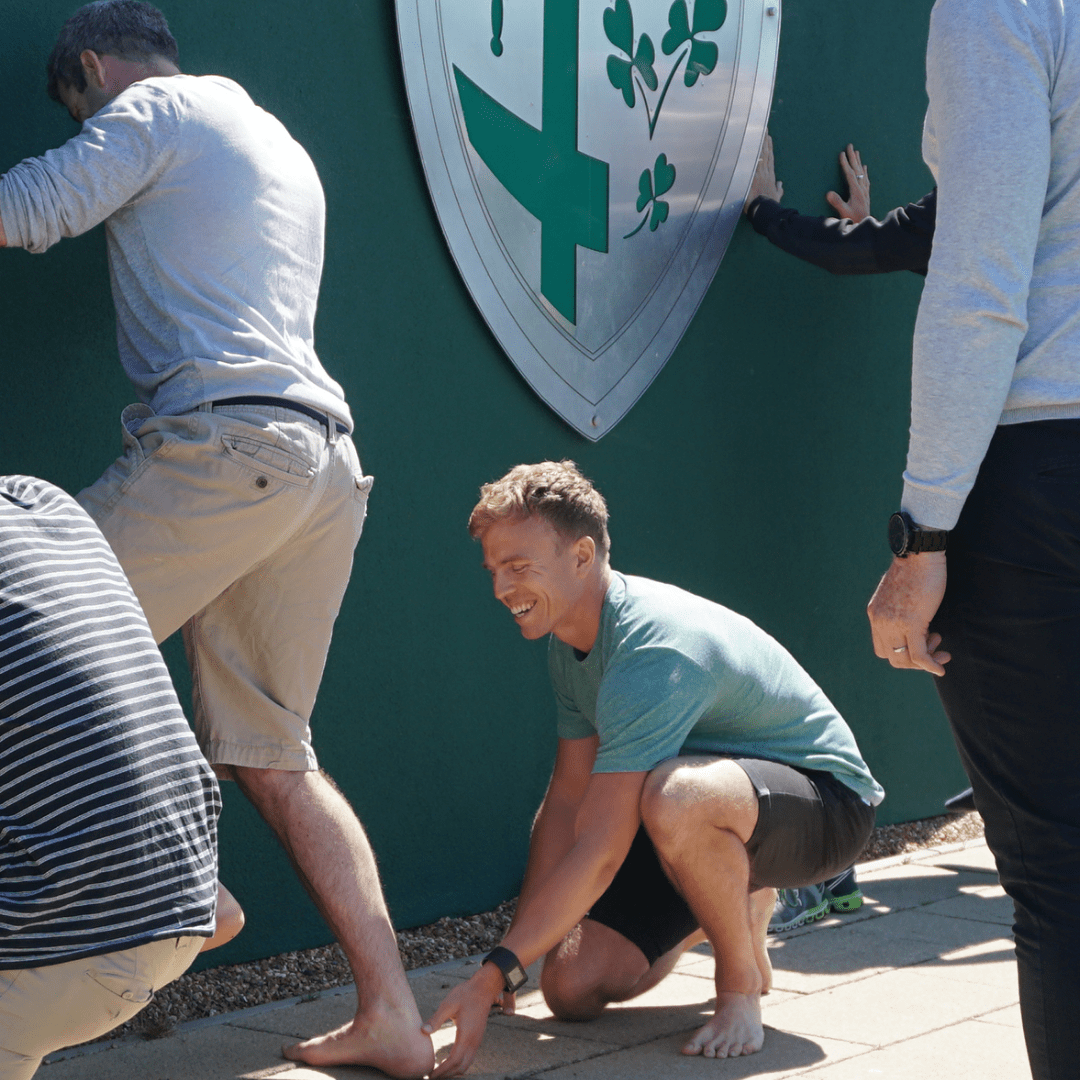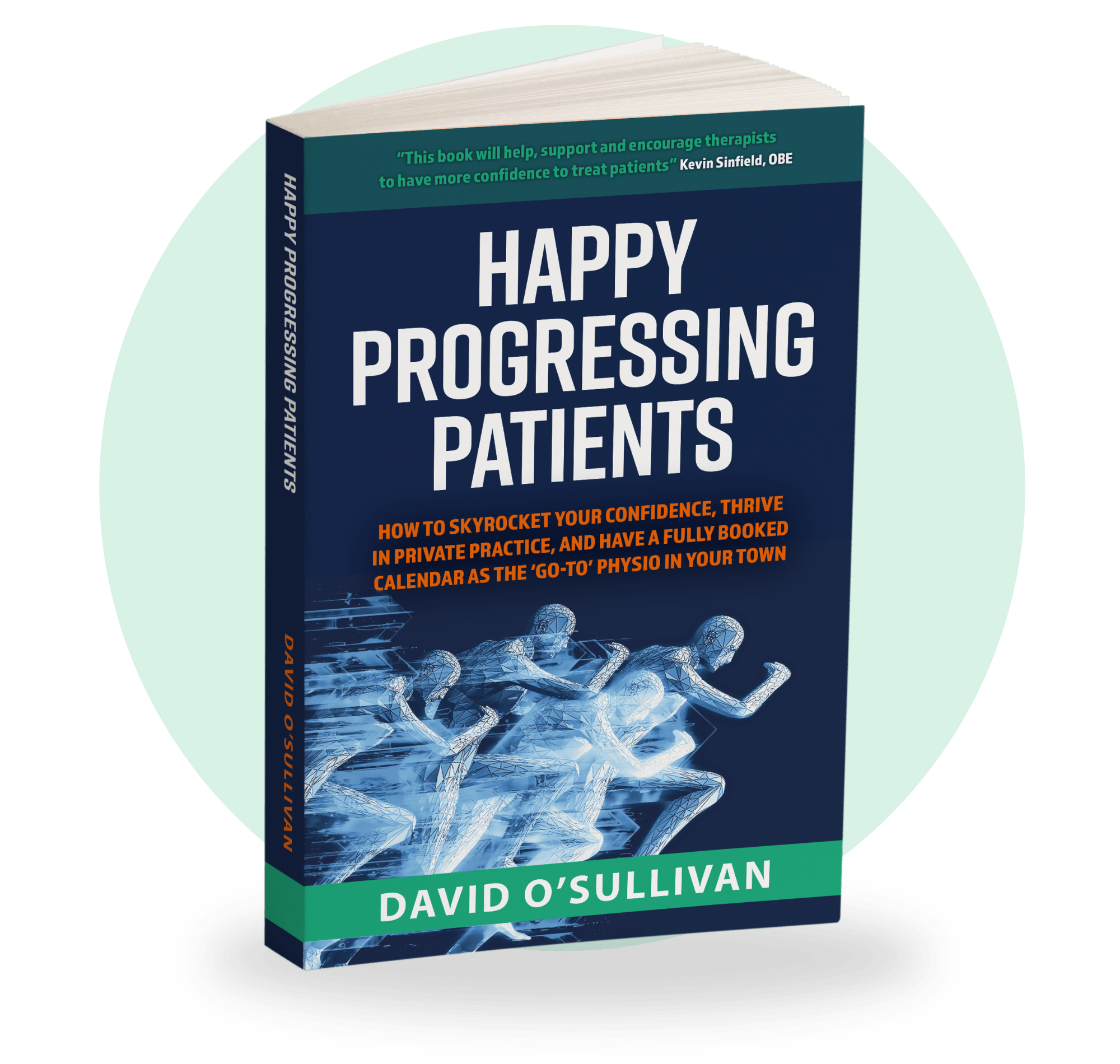
Do you ever get to the end of the objective assessment and you’ve no clue where to start with your patient?
You’re not even sure if you are on the right track?
Hard to admit but it happens…

A good question to ask your patient in this scenario is this:
“What would progress look like for you?”
See what they want and need to be able to do.
This will help focus your mind.
It also breaks up the bad habit of just using the same exercises for every patient.
Go after the elephants not mice always.
This will allow you to get some wins early, get the patient onboard and build trust, motivation and desire for more wins.
Always focus on what the patient has to do throughout the day for 6-10 hours rather than 6-10 reps.
I like to get the ribcage moving first for some patients for back pain or restore the co-contraction at the knee first if needed…
It completely depends on the patient and what they need to be able to do for 6-10 hours.
For someone who needs to sit for prolonged periods of time, I’d probably start with the ribcage mobility.
For someone who needs to walk a lot during the day or go up and down stairs etc… I may choose to start with restoring the co-contraction at the knee joint for example.
It’s all about setting your patient up for success in the first session.

For example with someone with back or knee pain having to sit to stand 10+ times a day…
Most people push through the heels doing this.
This will cause the knee to extend early and the low back to get involved. Not great if your knee or low back is sensitised.
Every time the patient needs to stand or go up a stairs, get them squashing an orange through their midfoot…
A simple cue they will be able to practice and reinforce good habits… or undo unwanted motor adaptations throughout the day.
Remember action comes before motivation.
We need to set our patients up for success and put our exercises into their environments throughout the day…
…rather than hoping they have the motivation to lie on their backs and do our traditional exercises.
Now the cue of squashing an orange isn’t ideal because we are using top down cues but a good start…
By the end of the treatment plan, we want all these movements to happen with ‘thoughtless, fearless, movement’ outside of higher centre control….
But using top down cues for the 6-10 hours a day allows the patient to make progress… get some wins and requires very little motivation to do their exercises.
And when your patient is seeing progress in every session this is a VERY important component to keeping them adhered to their plan.
They get excited to come back for their next session, they’re motivated all by themselves…
They tell all their friends and family all about you…
Your clinic starts getting busy with word of mouth referrals… and the best part.
You haven’t had to spend a penny on advertising.
And right now during a pandemic that is crucial.
Which is why I’ve shot this new free training.
It’s all about how to ethically get more new patients than you can handle (even in today’s turbulent economy)
Go ahead and watch it for free whilst you can right here
No opt-in required, just complete value from one therapist to another.
Talk soon,
Dave
Get Your FREE Copy Of The Amazon #1 Bestseller That Holds The Secret To Confidently Treating Any Patient!
Download a Free ‘ebook’ copy of the 8-Step ‘World Cup’ Treatment Plan that helped my private patients achieve full recovery and made me a ‘go-to’ physio for complex cases…
